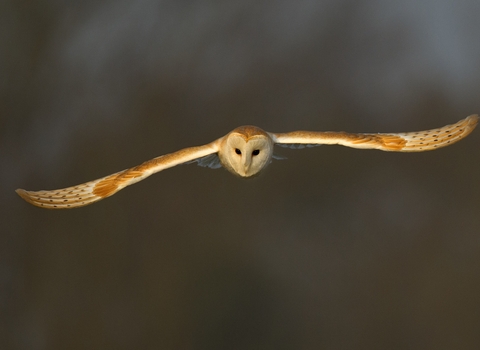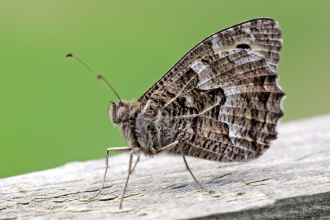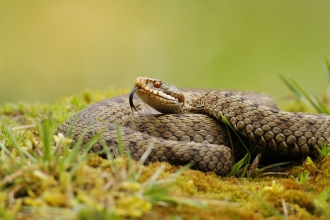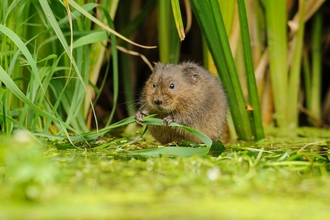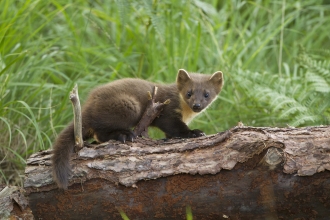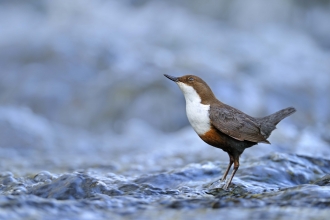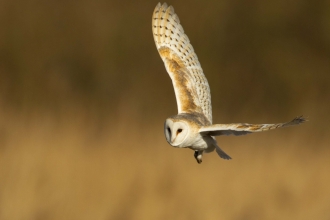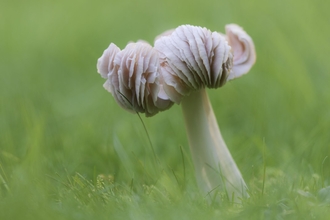We are focusing our conservation efforts on ten vulnerable species.
A biodiverse, healthy, functioning ecosystem depends on a vast variety of species. But by spotlighting a small number, we are far better able to measure impact and engage targeted action.
Each of our selected species occur in Gwent, are threatened and feature in the Greater Gwent State of Nature Report (2021.) It was also important in our selection criteria, that targeted work for chosen species would benefit countless other species in varied habitats across Gwent.
Become a species recorder
Knowing where threatened species are is a key step in their recovery. It helps us build a picture of where they might be thriving or in decline and to ensure important sites are protected.
If you are out enjoying the Gwent countryside and spot either of these species, please submit these records to SEWBReC , from where we will be able to see them. You could even undertake target visits to known or suitable sites.
Species Action Plans
View our one-page action plans, which outline the conservation status and local action priorities for recovery of each species.
Discover all ten species
Select below to read more about the wildlife we're focussing on in the Wildlife Trusts' species explorer:

